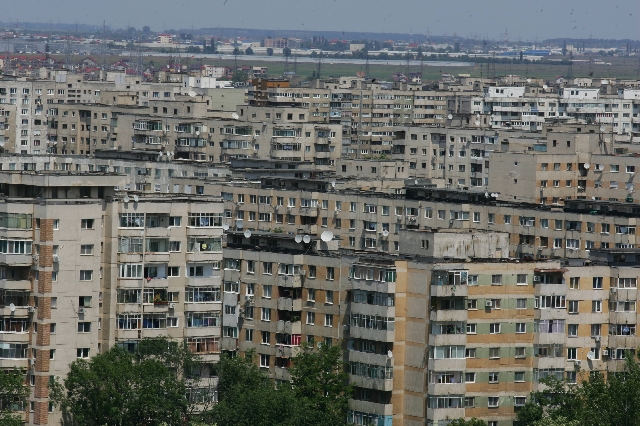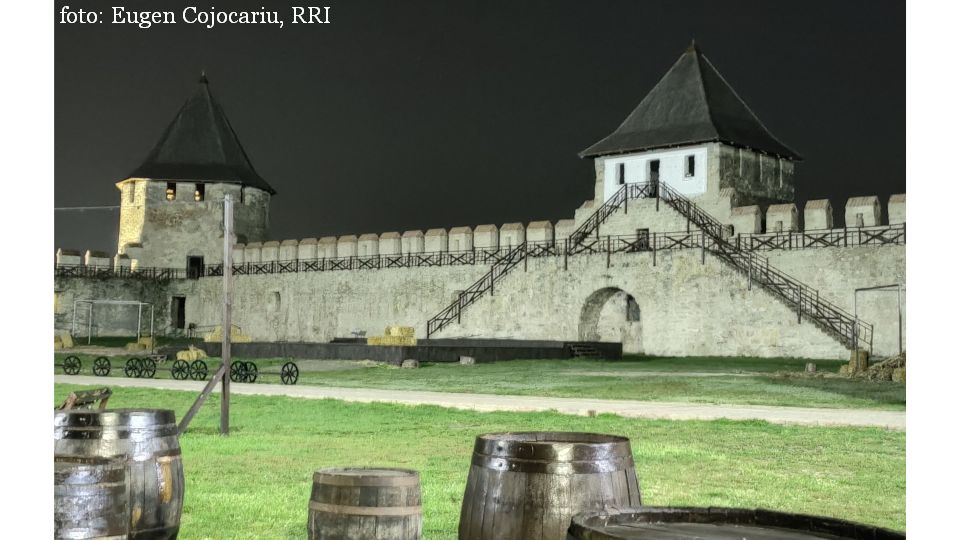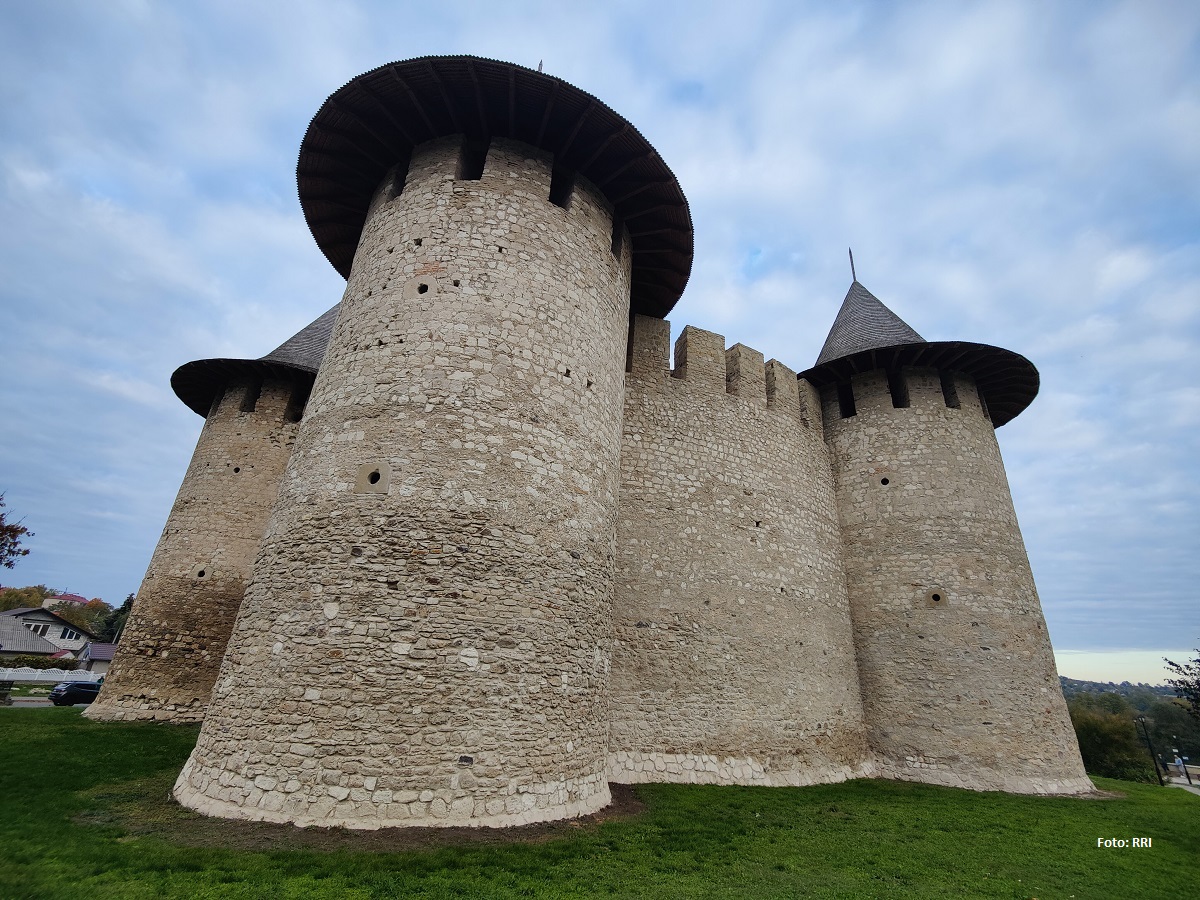Block of Flats in Romania
Most people in Romania live in blocks of flats, the most prominent feature of 20th century urban civilization.

Steliu Lambru, 15.02.2014, 14:00
They were mainly built during the communist regime, between 1950 and 1989. Besides a job and a car, an apartment in a block of flats was the sign of social ascent and escape from the narrow rural environment. Romania’s urban development and planning were tightly linked with the process of industrialization, during which entire neighborhoods of blocks of flats were built near plants and factories.
Blocks of flats, however, are an invention of western civilization, based on the principle of strict order and regulations, inspired by the classical utopia of the perfect society, the organization of monasteries and military barracks. The socialist phalanstery imagined by Charles Fourier in the first half of the 19th century was not far from the reality of the blocks built later. The Socialist thinking associated blocks of flats to progress and the working class, as having a house with a yard was seen as a sign of bourgeoisie. The sobriety, minimalism and functionality of blocks of flats prevailed in the shaping of a new trend in architecture.
The block as a trend in Romania emerged in early 1920s, after the creation of Greater Romania, and gained momentum in the 1930s, when Americanism started to become popular. Young people from rich families would no longer want to live in their parents’ big houses and would claim their independence by buying for themselves an apartment in downtown Bucharest or other city. It was also then that the modernist architecture of Romanian towns started to gain shape, incorporating multi-storey block of flats, made of concrete.
Young Romanian architects educated abroad, especially in Paris, brought to Romania the latest trends in the Euro-American urbanism. Architect, painter and essayist Marcel Iancu and architect Horia Creanga, writer Ion Creanga’s grandson, were two of the most representative promoters of modernist and cubist architecture. Thanks to them, the Magheru and Calea Victoriei boulevards became home to the most ambitious and futurist blocks built in Romania. One of the best known such building was the 14-storied Carlton, which collapsed though during the earthquake of November 10th, 1940. Other famous blocks in interwar Bucharest were Wilson, Aro and Nestor.
After 1950, the enlargement of the capital city and of other towns was done according to a systematic policy of building blocks for the working class. Bringing people from villages to towns and cities increased the demand for such blocks. Their configuration was very much to the liking of the political police, as people were much easier to control. The standard blocks had 4 and 10 storeys. Tower blocks started to be built in the 1980s. Statistics show that in 1989, some 75% of Bucharest’s inhabitants lived in a block of flats. One of the most representative buildings of the communist period was the Intercontinental Hotel, built between 1968-1970.
After 1989, tower blocks made of glass and steel started to emerge in Romania, as office buildings for multi-nationals and later, after 2000 as apartment buildings. The modern trends led to the incorporation of glass forms in historical buildings, such as the Novotel Hotel in Bucharest, whose façade recalls the building of the National Theater, destroyed by bombardiers in August 1944.






























